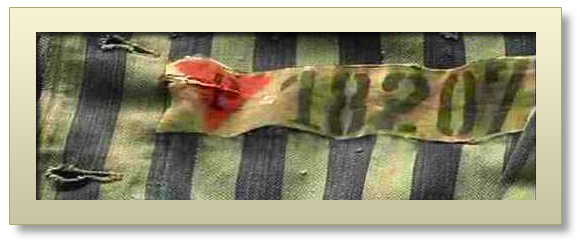- Can you provide a safe place for your Lesbian, Gay, Bisexual, Transgender (LGBTQ+) associates?
- Is it ok to discuss sexual orientation issues with you?
- Can you understand how these issues affect the wellbeing of your workplace associates?
If you answered yes to all three, display the safe space badge on your email signature and take pride in knowing that you are helping create an inclusive environment for all of your colleagues. See other ways you can be supportive of our LGBTQ+ colleagues below and instructions on how to set up your signature on our biweekly newsletter.
How Can I Be Supportive Of LGBTQ+ Associates?
Most Lesbian, Gay, Bisexual, Transgender, Queer, and other (LGBTQ+) individuals remain closeted, or at least partially so, within the work environment. Paradoxically, there are frequently other people who wish to be supportive of their LGBTQ+ co-workers, but do not want to risk making them uncomfortable and don’t know where to begin.
These suggestions are offered to help all employees promote a work environment that is inclusive of LGBTQ+ employees whether they choose to disclose their orientation or not.
Do Not Permit Homophobic Comments Or Jokes
This includes not making comments or jokes, as well as stepping in when someone else does. Simply state that you find the comment offensive. This will reinforce your support of a “safe” workplace.
Do Not Assume Everyone Is Heterosexual
Likewise, do not assume you can tell if someone is LGBTQ+. Most estimates indicate that about 10% of the US population is gay or lesbian, distributed throughout every type of job or profession. Contrary to popular stereotypes, gay people do not conform in appearance, speech, or mannerisms.
Use Inclusive Language
Use gender neutral terms such as “significant other”, “partner”, or “spouse”. Ask if they are in a relationship, leaving the gender open, instead of assuming they have a boyfriend, girlfriend, husband or wife.
Include Partners
If you know a co-worker is involved in a relationship, include their partner or spouse in the same work functions where spouses and dates are normally invited. When you’re conversing socially, inquire after their significant other the same way you would inquire about anyone’s husband or wife. It’s just plain good manners.
Treat The Subject In A Positive Way
LGBTQ+ employees frequently feel invisible or alone. Many fear losing their jobs, reputations, even careers just because they are gay or transgender or because someone thinks they are. Some are at odds with their own families for expressing who they are or their choice of partner. It’s important to provide a space where everyone can truly be themselves without fear of retribution or rejection.
Respect The Privacy Of The Individual
“Coming Out” can be a difficult process for many LGBTQ+ people. Some people may not be ready to tell anyone in the work environment that they are gay. The value you add is providing a supportive workplace atmosphere without insisting they self-identify.
Always Use A Person’s Chosen Name & Pronoun
Unless they are not out (or tell you otherwise) individuals should be addressed with their chosen name (& associated pronoun), regardless of whether it has been changed legally or within the corporate directory of the company in which they work. Ask to be sure if or when there are times it is not okay.
Why The Pink Triangle?
The pink triangle has become a symbol of the gay liberation, yet its origins are those of oppression. In the years prior to and during World War II, homosexuals were among the main groups targeted for extermination by the Nazis. Just as Jews were forced to wear yellow Stars of David and political prisoners red triangles, so too were homosexuals identified by pink triangles. A quarter million died in places like Dachau. Often liberation of the camps by the Allies did not include gay men or lesbians. They were treated as criminals and forced to serve out their sentences. Today, the pink triangle has been transformed into a symbol of struggle, remembrance, and pride.

You must be logged in to post a comment.